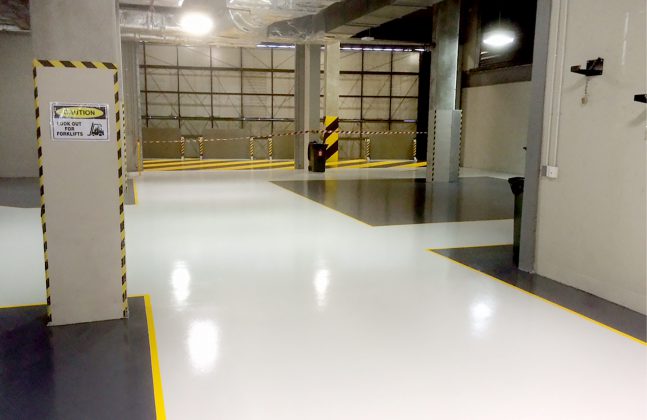June is a busy month, not only hosting National Dairy Month celebrations in the United States but National Safety Month too!
The aim of this month is to emphasise how to identify, prevent and report risks to ensure that you, and those around you are safely going about your daily business. This is very easy to do in your own home, as you are likely to be very aware of potential risks and who is exposed to them, but how can this be controlled at work? Let’s take a look.
1.Safe Walkways
Whilst hazards cannot always be predicted, there are several ways that they can be prevented. One key way that this can be achieved is through the flooring chosen for a space.
Choosing flooring in a single bold colour can make dropped items much more visible, reducing the risk of someone tripping over them and causing injury.
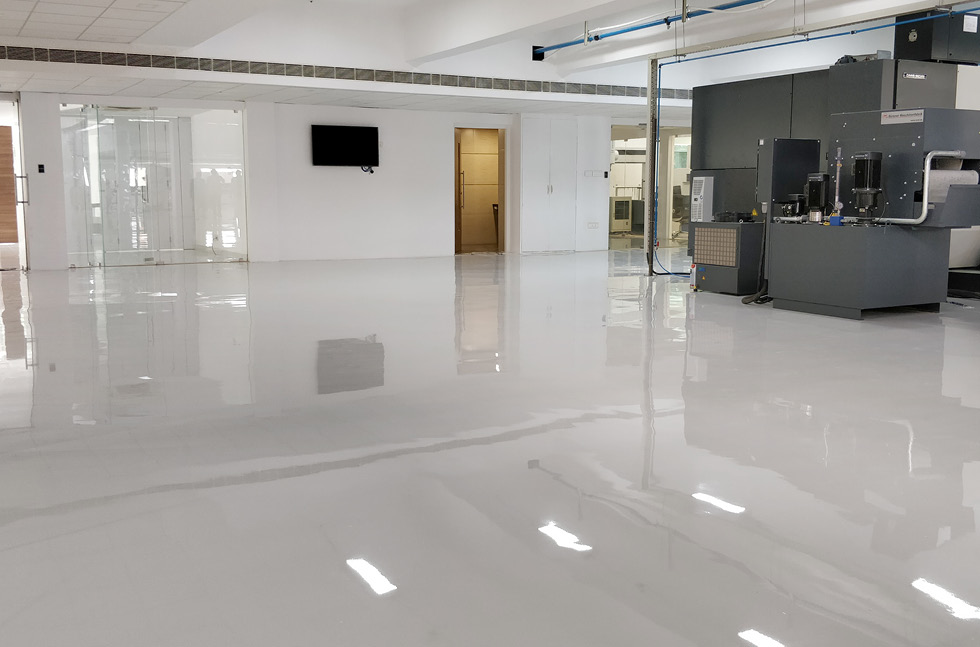
A single coloured floor can help to show up dropped items
To the same merit, different coloured flooring can be used to clearly outline different areas of a site through colour and demarcation. Zoning a space like this can help staff to quickly identify and avoid areas of potential danger.
One space where this works well is in manufacturing plants, where there may be moving machinery that could pose a risk to staff moving about the site. If all machinery was kept within one coloured zone, with a different coloured zone showing a safe walkway some distance away, then the chance of experiencing a hazard is greatly reduced. The same can also be achieved with clear demarcation.
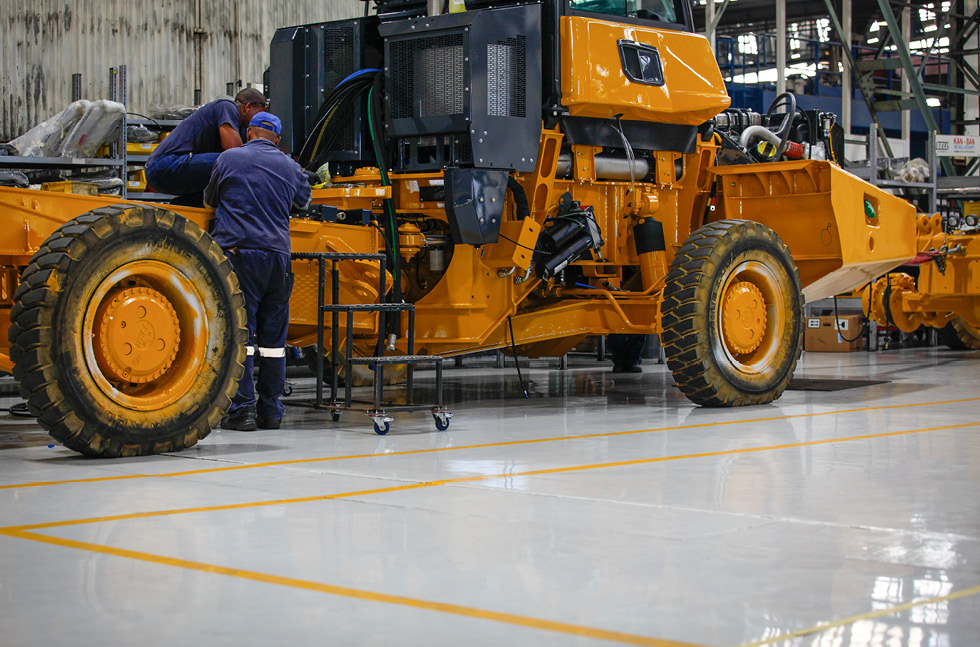
Demarcation can help to clearly show safe pathways through a space
2. Sensible Signage
In addition to coloured flooring and demarcation, hazard signs should be used throughout a site to warn those present of potential dangers.
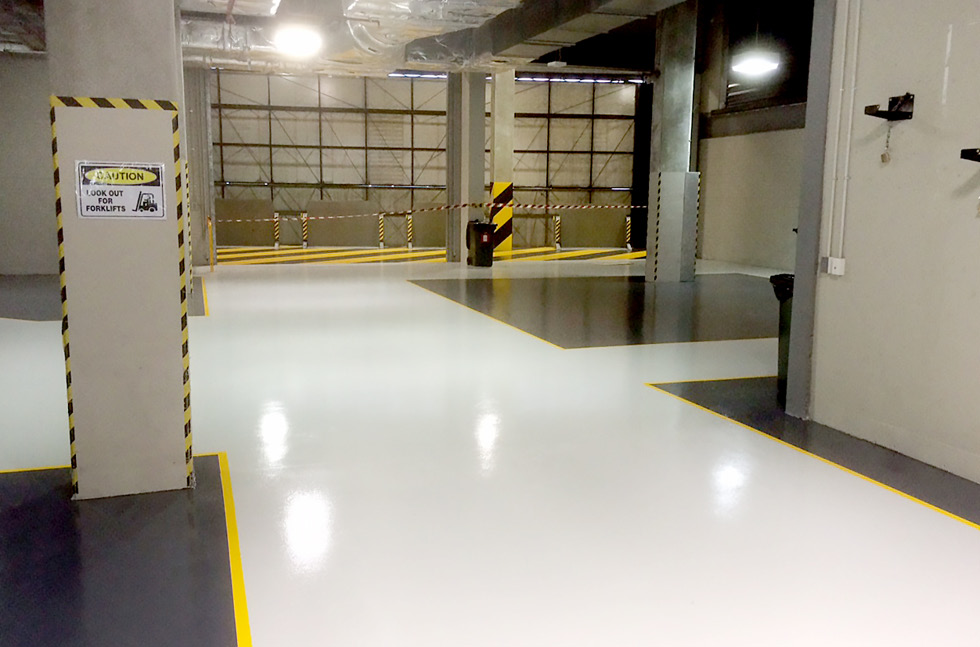
Hazards can also be shown using clear signs
Training sessions should be conducted with all employees to ensure that all signs and symbols are understood.
3. Replace worn floors
The quality of your working environment must be up to scratch in order to pass even the most basic Health and Safety legislation. In industrial environments for example, where the staff are likely to be on their feet for the vast majority of the day, the flooring must be suitable.
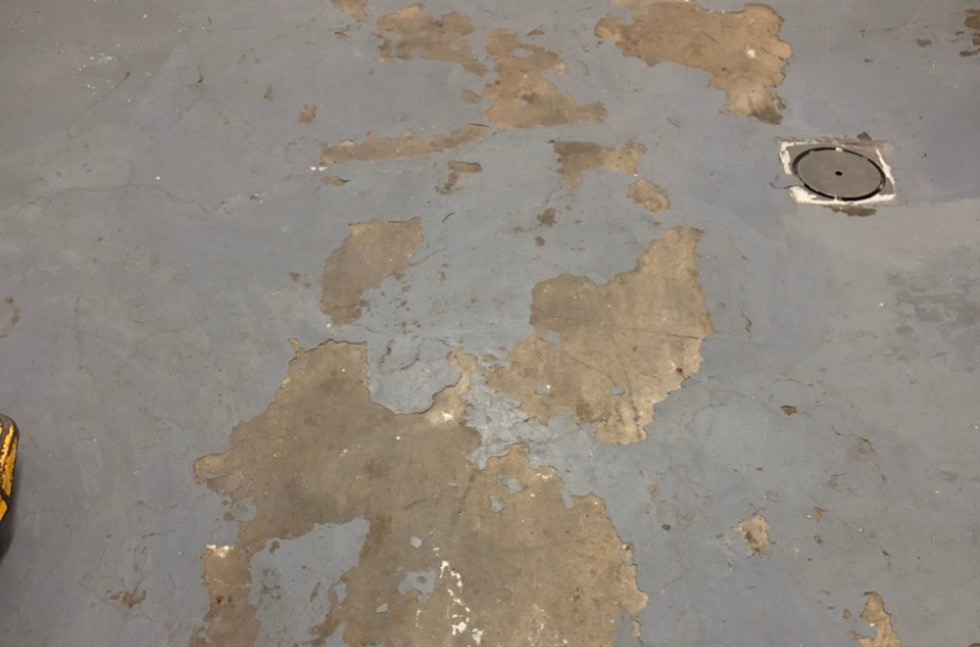
Cracked or peeling floors can easily cause trips or slips
If the flooring is cracked, the risk of slips, trips and injury are greatly increased. Repairing a cracked floor with joint-free, durable solutions can reduce this risk, but this can be costly in terms of the new flooring materials, and also due to site closures for refurbishment. To prevent this, the correct flooring should be specified from the start.
4. Specify the right materials
A great example of this can be seen in wet processing areas of food and beverage facilities. With the knowledge that these areas will be exposed to water the majority of the time, added slip resistance can be incorporated into the floor coating in the form of textured aggregates.
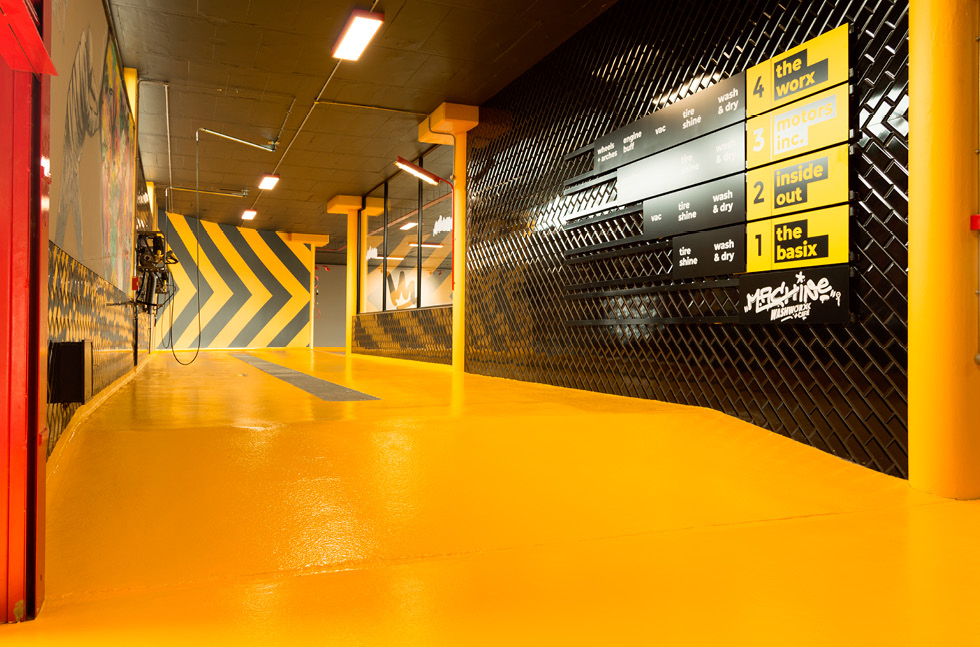
Textures and aggregates can be incorporated into floor coatings to increase slip resistance
A positive texture was used on the ramps in the luxury car washing facility shown above to help keep staff, visitors and even the cars safe from slipping down the ramps.
5. Keep yourself and your equipment safe
In some workplaces, it is not just people that need to be protected from risks. For example, electro-static discharge (ESD) can pose a threat to sensitive electronic equipment and in environments that handle volatile gases, powders, liquids or other substances it can even be a potentially dangerous ignition source.
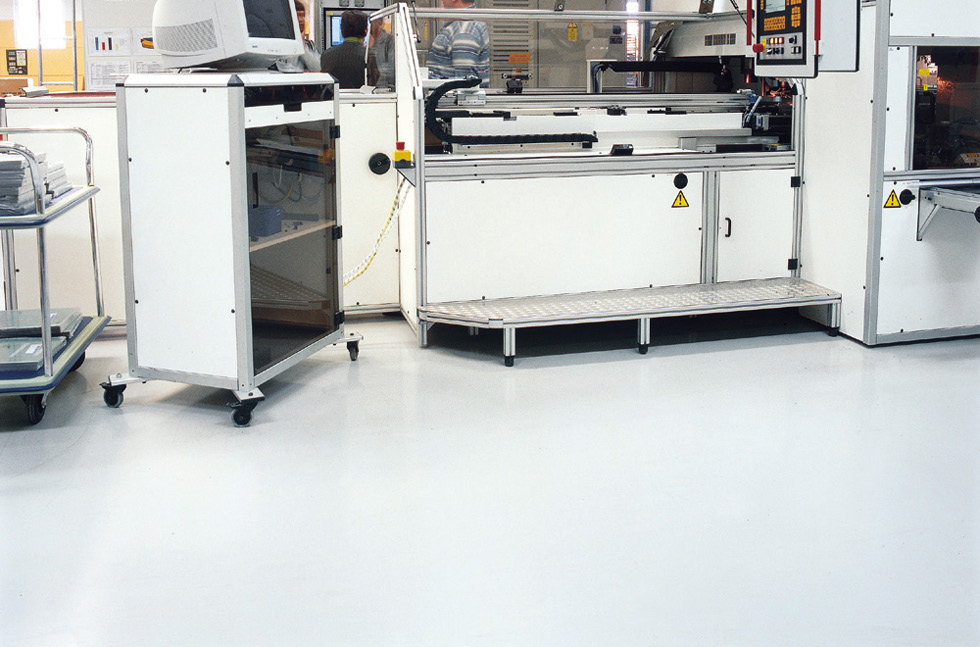
You can create a controlled electrostatic protected area using specialist epoxy coatings
Regular foot traffic across a floor can quickly build up an electrostatic charge within a person. To safely dissipate electrostatic charge to ground faster than it accumulates, you can create a controlled electrostatic protected area using a specialist epoxy coating!
We hope that these quick tips will help you to keep your workplace safe. If you would like any further information on any of the safety tips featured above, please feel free to contact us.

